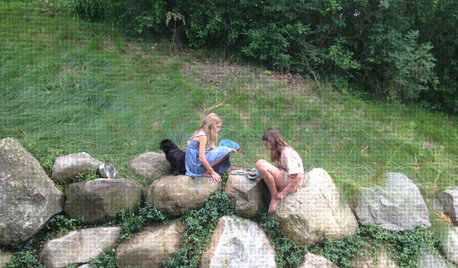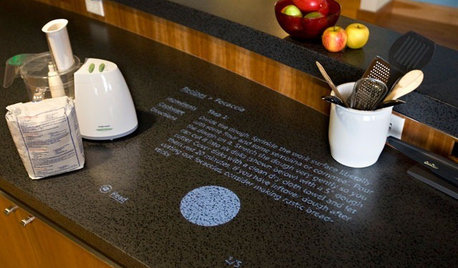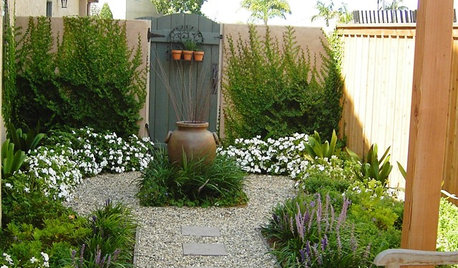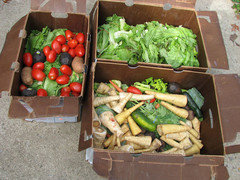am I turning my compost too often
njitgrad
10 years ago
Featured Answer
Comments (35)
Kimmsr
10 years agoseysonn
10 years agoRelated Professionals
Norfolk Landscape Architects & Landscape Designers · Reading Landscape Architects & Landscape Designers · Kyle Landscape Architects & Landscape Designers · Manorville Landscape Architects & Landscape Designers · Summit Landscape Architects & Landscape Designers · Zion Landscape Architects & Landscape Designers · Sahuarita Landscape Architects & Landscape Designers · Peabody Landscape Contractors · Rosemount Landscape Contractors · Baker Decks, Patios & Outdoor Enclosures · Fresno Decks, Patios & Outdoor Enclosures · Hayward Decks, Patios & Outdoor Enclosures · Lauderdale Lakes Decks, Patios & Outdoor Enclosures · New Albany Decks, Patios & Outdoor Enclosures · Decks, Patios & Outdoor Enclosuresrobertz6
10 years agoLloyd
10 years agoKimmsr
10 years agolonmower
10 years agorobertz6
10 years agorobertz6
10 years agojapus
10 years agotoxcrusadr
10 years agorobertz6
10 years agorobertz6
10 years agolonmower
10 years agorobertz6
10 years agoseysonn
10 years agoKimmsr
10 years agorobertz6
10 years agoLloyd
10 years agogreenepastures
10 years agoseysonn
10 years agofloral_uk z.8/9 SW UK
10 years agotoxcrusadr
10 years agoannpat
10 years agoKimmsr
10 years agojapus
10 years agotoxcrusadr
10 years agojapus
10 years agoseysonn
10 years agonugrdnnut
10 years agorobertz6
10 years agoseysonn
10 years agorobertz6
10 years agopoaky1
10 years agojapus
10 years ago
Related Stories

GARDENING GUIDESWhat's Wrong With My Plant? Leaves Often Hold the Clues
Learn how to identify common plant ailments by reading their leaves
Full Story
GARDENING GUIDESGet on a Composting Kick (Hello, Free Fertilizer!)
Quit shelling out for pricey substitutes that aren’t even as good. Here’s how to give your soil the best while lightening your trash load
Full Story
LIFETurn Off the Video Games and Turn On Your Kid's Creativity
Going nuts planning summer activities? Kids overdosing on screen time? It may be time to foster more self-directed play
Full Story
DIY PROJECTSTurn a Wooden Pallet Into Unique Photo Frames
Free wood? We're so in. Salvage a pallet or other cast-off wood to make delightfully distressed frames that fit almost any decor
Full Story
HOME TECHComing Soon: Turn Your Kitchen Counter Into a Touch Screen
Discover how touch projection technology might turn your tables and countertops into iPad-like devices — and sooner than you think
Full Story
MORE ROOMSDIY: Turn Your Carport Into an Outdoor Dining Room
Paint the Floor and Set the Table for Your Own Parking-Space Party Zone
Full Story
DECORATING GUIDESTray Chic: Turn an Everyday Item Into Decor
20 ways this functional carry-all can become a thing of beauty too
Full Story
DIY PROJECTSTurn a Beat-Up Bar Cart Into a Thing of Beauty
Found a cast-off cart or table? See how to transform it into a stunning accent for your home
Full Story
GARDENING GUIDESHow to Turn a Side Yard Into a Glorious Garden Room
With just 8 feet or so, you can turn a plain side yard into a garden that lets you get carried away
Full Story
DIY PROJECTSReinvent It: A Houzzer Turns Thrifted Pieces Into a Swinging Daybed
Snuggle up on this delightful porch piece and you'd never guess it's made of salvaged scraps
Full Story







floral_uk z.8/9 SW UK